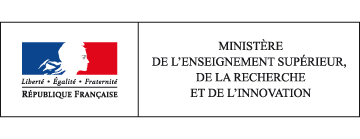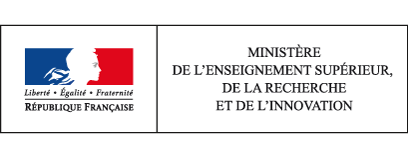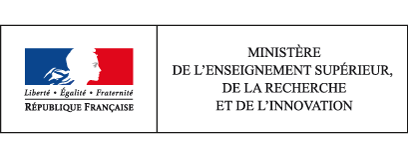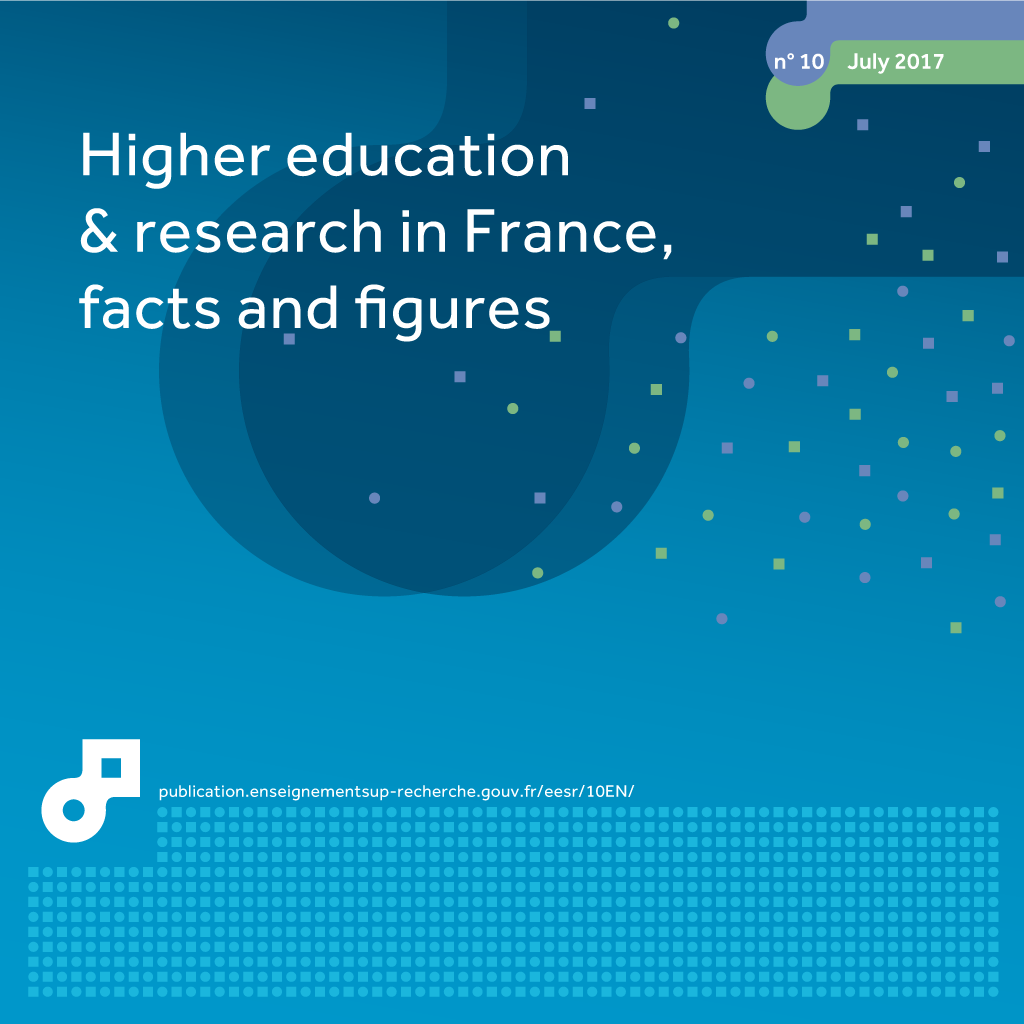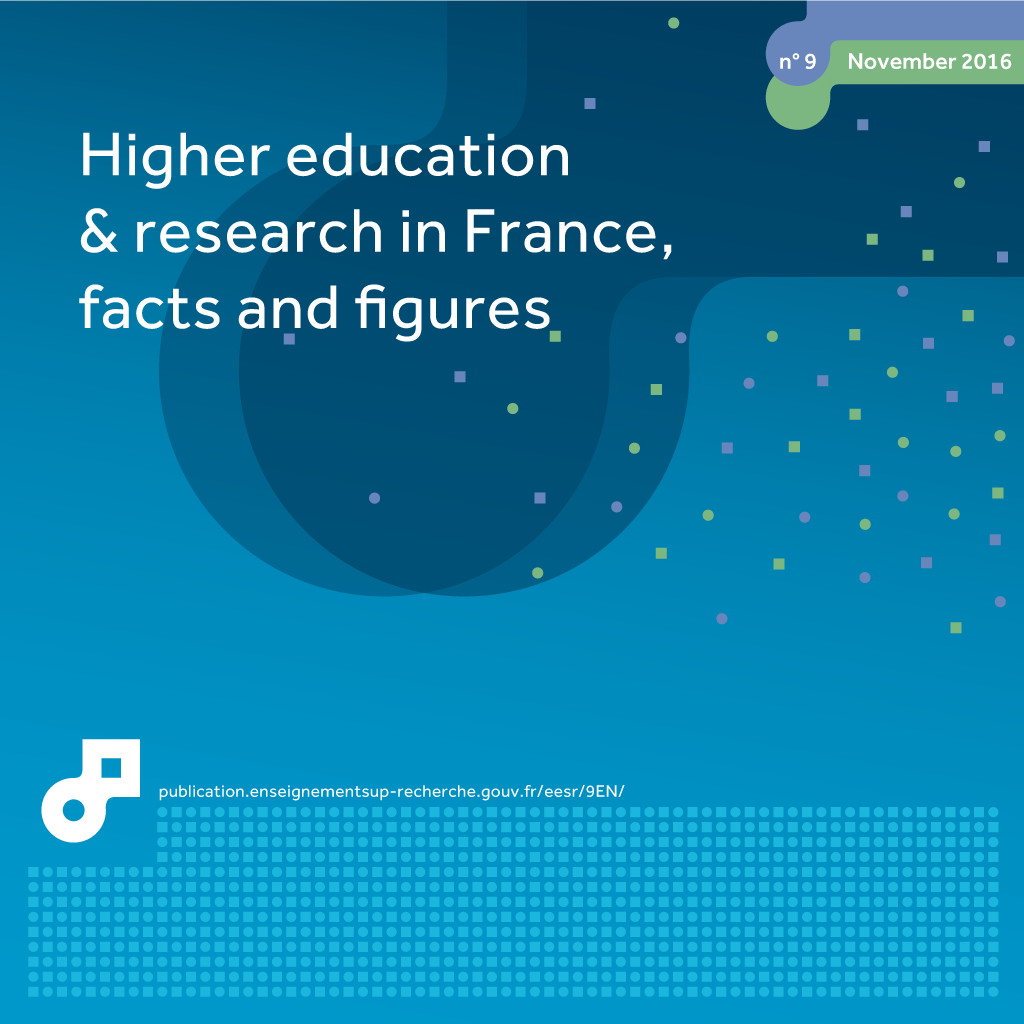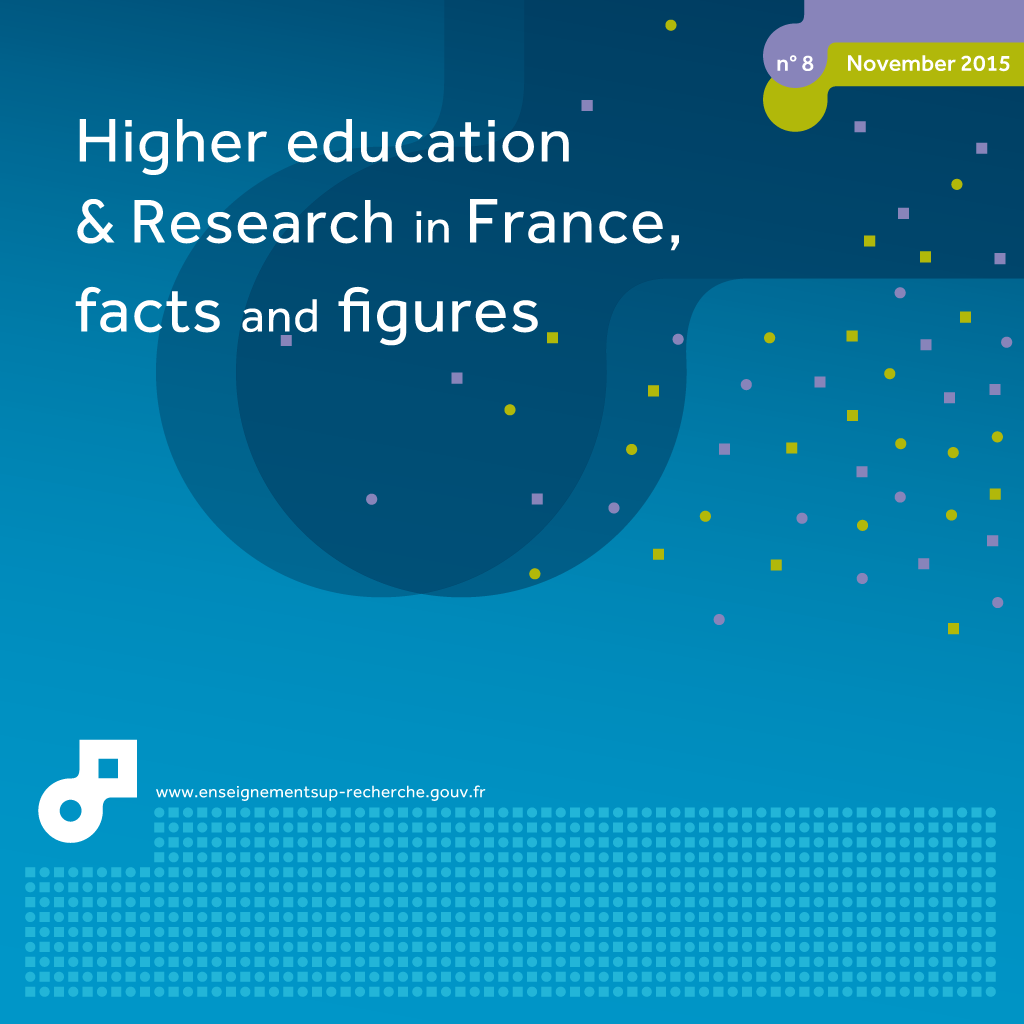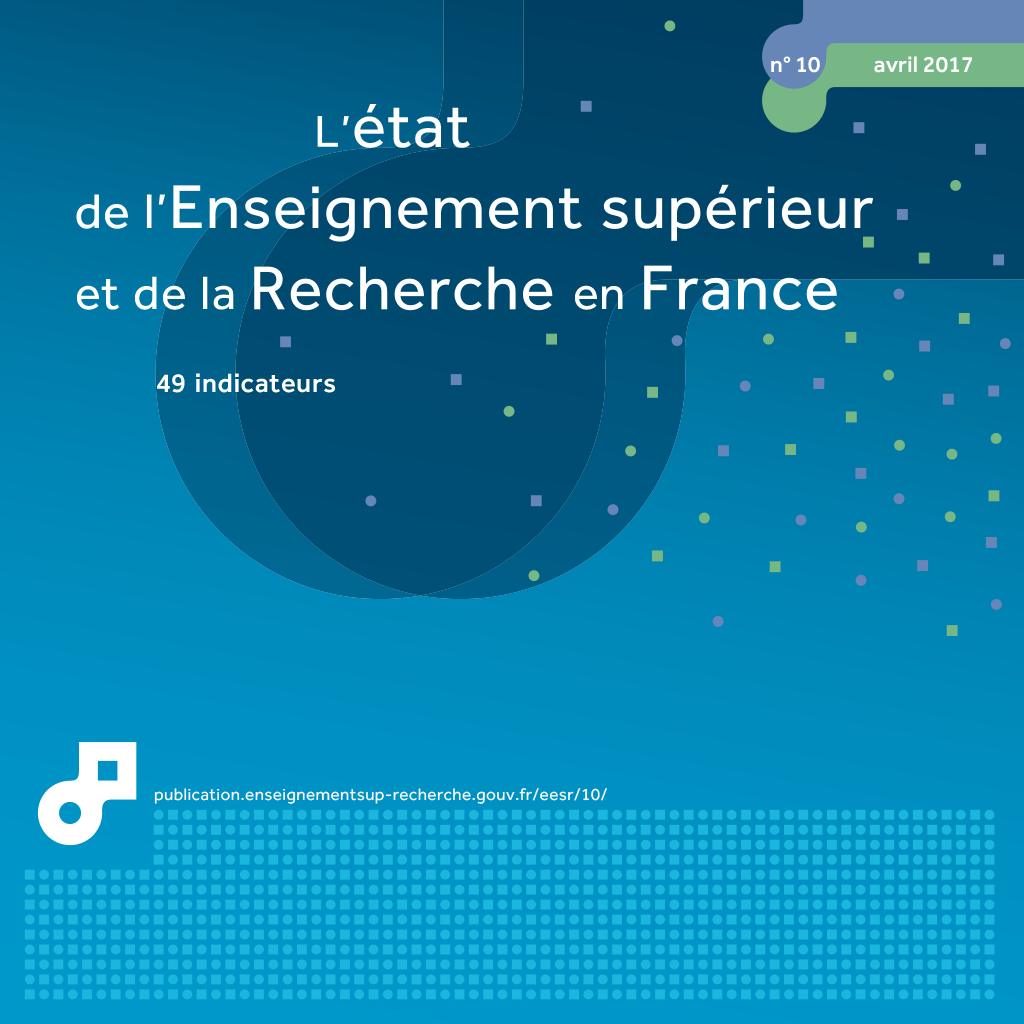02 expenditure on tertiary education in OECD countries
In 2013, average expenditure per student in France was close to the average of OECD countries. It is levelling off after a sharp increase between 2005 and 2008. However, national expenditure on tertiary education is still slightly below the average (1.5% of GDP compared to 1.6%).
International comparisons of education expenditure are somewhat difficult due to the demographic and socio-economic diversity of the different countries and their national education systems. In tertiary education, this difficulty is reinforced by the wide variety of educational structures at this level. Nevertheless, the situation of France can be assessed using some general indicators.
The amount of expenditure on education as a percentage of Gross Domestic Product (GDP) is the indicator which provides the best overall assessment of the effort made in practical terms by all financers of national education systems (chart 02.01). With 1.5% of GDP devoted to tertiary education in 2013, France is close to the average for OECD countries (1.6%). It is ahead of other European countries such as Spain (1.3%), Germany (1.2%) or Italy (1.0%) but lags behind by the United Kingdom(1.8%), Finland (1.8%) and the Netherlands (1.7%). There are three countries whose expenditure on tertiary education is very much higher than the average: the United States (2.6%), Canada (2.5% in 2011) and South Korea (2.3%).
If we compare annual expenditure per student in tertiary education in the different countries, we can see a different country hierarchy emerging compared with the previous indicator (chart 02.02). In 2013, the United States (27,924 $PPP) and the United Kingdom (25,744 $PPP) pulled ahead sharply with their high level of expenditure, followed by Sweden, Canada and Norway, which spent more than $20,000 PPP per student. France spent $16,194 $PPP per student, slightly higher than the average OECD country ($15,772 PPP). This expenditure was higher than that of Italy or Spain, but lower than that of Germany and Japan.
The average expenditure per student for all OECD countries rose by 5% between 2008 and 2013 (chart 02.03). In France, expenditure per student stabilised in the same period, with the amount of expenditure on education increasing at the same rate as student numbers. The greatest increases in the level of annual expenditure per student were seen in South Korea (+13%) and Japan (+8%). This is explained by increased expenditure combined with stabilising student numbers. In contrast, a major drop in the average expenditure per student between 2008 and 2013 was seen in Denmark (-25%) and Ireland (-28%), resulting in little or negative change in expenditure on education combined with a major increase in student numbers.
In tertiary education in the OECD countries, the relative share of public expenditure (central government, local authorities and other public administrative bodies) is greater than private expenditure (households and other private financers such as companies), with an OECD average of 69.8% to 30.2%, (chart 02.04). In the Scandinavian countries and Belgium, expenditure on tertiary education institutions is almost all public (greater than or equal to 90%). In contrast, in South Korea, the United Kingdom, Japan, the United States and Australia, funding is predominantly private. In France, public funding is around 78.9%, well above the OECD average (+9.1 points).
How to cite this paper :
close
Key figure
Whole of France
02.01 Annual expenditure by higher education institutions in 2013 (in % of GDP)
1 2012.
2 Public institutions only.
You can embed this chart to your website or your blog by copying the HTML code and pasting it into the source code of your website / blog:
close
02.02 Annual expenditure by higher education institutions per student in 2013 (in $PPA)
1 2012.
2 Public institutions only.
You can embed this chart to your website or your blog by copying the HTML code and pasting it into the source code of your website / blog:
close
02.03 Trend in annual expenditure per student between 2008 and 2013 (base index 100 in 2008)
Canada, United Kingdom : data not available.
You can embed this chart to your website or your blog by copying the HTML code and pasting it into the source code of your website / blog:
close
02.04 Relative share of public and private funding allocated to higher education institutions, final funding 1 in 2013 (%)
1 Final funding: funding after transfers between the different economic agents are taken into account. Public subsidies for households are included in household expenditure and subtracted from the expenditure of public bodies.
2 2012.
You can embed this chart to your website or your blog by copying the HTML code and pasting it into the source code of your website / blog:
close
Related statistical publication
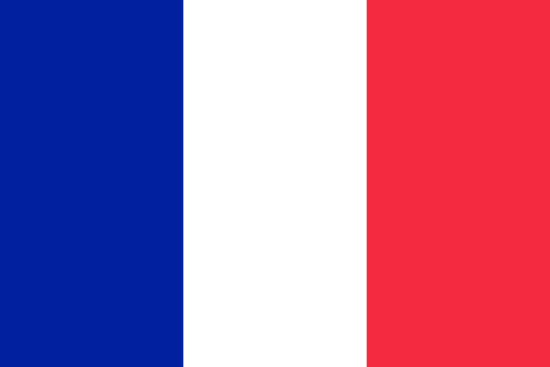 Regards sur l'éducation - Education at a Glance 2016 - Collectif - 2016
Regards sur l'éducation - Education at a Glance 2016 - Collectif - 2016 The 2016 edition introduces a new indicator on the completion rate of tertiary students and another one on school leaders. It provides more trend data and analysis on diverse topics, such as: teachers’ salaries; graduation rates; expenditure on education; enrolment rates; young adults who are neither employed nor in education or training; class size; and teaching hours. The publication examines gender imbalance in education and the profile of students who attend, and graduate from, vocational education.
The report covers all 35 OECD countries and a number of partner countries (Argentina, Brazil, China, Colombia, Costa Rica, India, Indonesia, Lithuania, the Russian Federation, Saudi Arabia and South Africa).
This edition includes more than 125 figures and 145 tables. The Excel™ spreadsheets used to create them are available via the StatLinks provided throughout the publication. More data is available in the OECD Education Statistics database.
Translation
 Etat de l'enseignement supérieur et de la rechercheL'état de l'Enseignement supérieur et de la Recherche en France n°10 - Avril 2017
Etat de l'enseignement supérieur et de la rechercheL'état de l'Enseignement supérieur et de la Recherche en France n°10 - Avril 201702 - la dépense pour l’enseignement supérieur dans les pays de l’OCDE - Marguerite Rudolf
